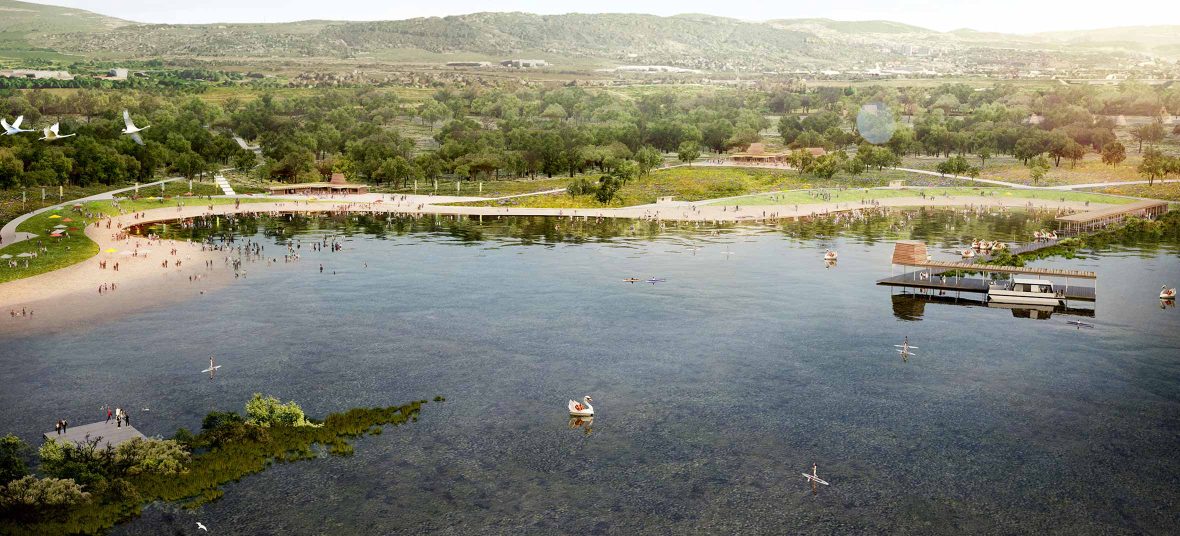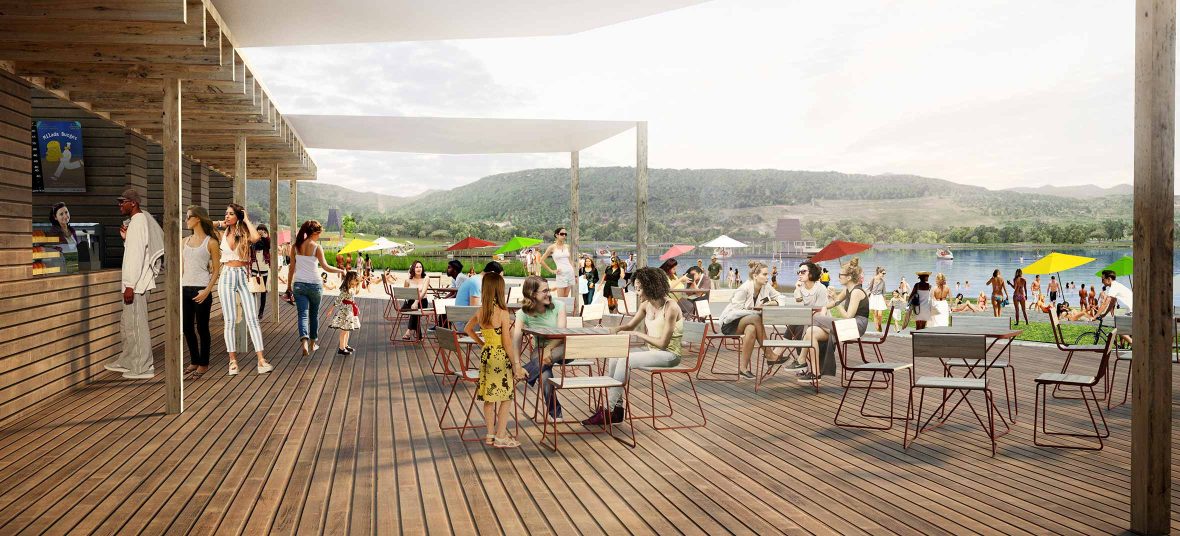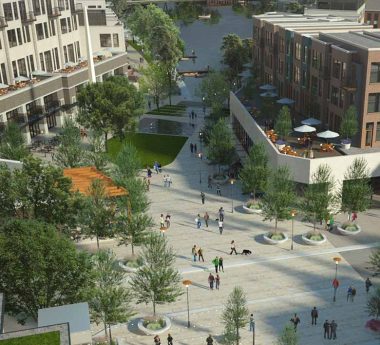Following a year of intense planning, design and complex collaboration, the master plan for Lake Milada submitted by a global team co-led by Civitas and 4ct, earned a design competition’s second prize.
Committing to the Community
Lake MiladaLake Milada, Ústí nad Labem—Czech Republic
The Lake Milada International Landscape, Urban and Architectural Design Competition, was hosted by Palivový kombinát Ústí, s.p. (PKU)—a state-owned enterprise tasked with the remediation and reclamation of former lignite coal mines in the Czech Republic, and with the revitalization of the affected landscapes and communities.
Despite population decline in recent decades, Lake Milada has a rich history in mining, farming and other industries, so the team could easily foresee the potential to draw people from all over the region, the country, and the continent; and tourism can be a powerful economic driver. But for long-term sustainability and success, the master plan stayed focused on the goal of creating better, more livable communities first, with better access to Lake Milada. Then, with a strong, locally focused foundation, tourism could follow more organically.
The submittal covered everything from the architectural details of structures, a detailed grading and planting strategy, all the way up to the kind of governmental transitions and policies that would be required over the long term. The team advised on the formation of regional state enterprise ownership and management to the formation of local clusters that would empower local residents, stakeholders, and experts to have a say in their community’s development. And, knowing that residents would want quiet places to be in nature, the plan was very strategic about where and how access to the lake was designed, in order to balance residents’ daily use versus weekend recreation and tourism.

The plan also recommended ways to integrate retail shops—for example, paddleboard shops on the lake front—with specific places and processes to manufacture the products being sold. This integrated approach would leverage the long-established manufacturing base in the region and create jobs for local residents, while also bringing a sense of branding to the towns that could ultimately become known as sources of unique locally manufactured products. This kind of strategic vision helps to bolster a community’s long-term resilience by giving local residents a sense of purpose and pride, and a livelihood.



